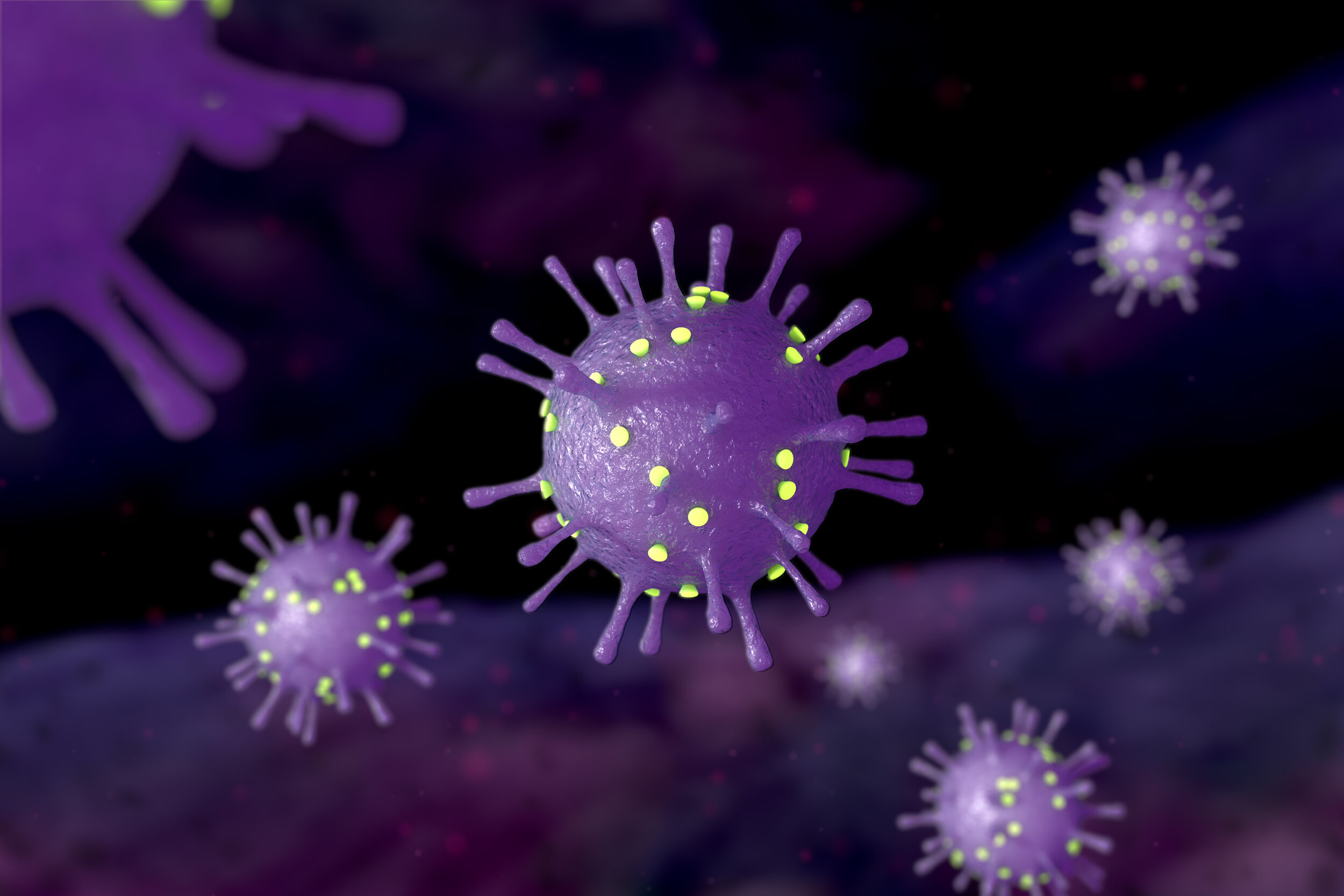Natural protection could hold key in COVID-19 treatment

As the COVID-19 pandemic unfolds, analysis of fatalities reveals a profound age-related risk across the whole spectrum of COVID-19 disease. The exceptionally low (0.2%) risk of death for young people increases ten-fold by the age of 60. So, what is protecting the young who are infected with the SARS-CoV-2? Is there a specific factor? Or is it simply a feature of youth and lack of co-morbidities, such as diabetes and high blood pressure?
If the answer is a specific factor, then it must act early and it must be in the lungs. This natural protection must be powerful and able to distinguish between killing the virus and NOT killing the cells of the patient and especially the delicate tissues of the lung. Such co-lateral damage reduces the ability to breath by preventing delivery of oxygen to the blood.
The COVID-19 pandemic illustrates just how vulnerable humans are to a virulent viral infection when it is in the lung. That we have survived at all, might be thanks to a single biological growth factor - called LIF. LIF is a stem cell growth factor that remains active throughout life, but slowly diminishes with age. In the lungs, LIF has evolved to control inflammation and at the same time repair co-lateral damage to tiny blood capillaries and the alveoli - delicate air sacs where oxygen exchange occurs.
Recent discoveries have shown exactly how LIF controls inflammation - LIF directly opposes a potent inflammatory factor called "IL-6". It is this control that is essential to prevent IL-6 triggering a "cytokine storm", and notably, both IL-6 and age are linked to COVID mortality. The process of "inflammaging", by which levels of IL-6 increase, and levels of LIF decrease, is why COVID-19 is so dangerous for older adults.
Knowing that LIF is the "youth" factor, critical for defence against pneumonia, the next question is - can the natural protective property of LIF be captured to prevent COVID? The answer is - Yes. LIF can be synthesised by specialist manufacturers and bottled into vials as a therapeutic - like how insulin is prepared to treat diabetes. This synthetic LIF has already been shown to be a potent protection against pneumonia in animal models, where LIF prevents the fluid accumulation and respiratory distress that leads to death in pneumonia.
Synthetic LIF is a game changer - as the fight against COVID-19 gains ground and policy makers consider immunisation strategies and anti-viral agents - the option of also boosting natural resistance against COVID-19 symptoms by treating with LIF could shift the dynamics of lockdown and exit strategies. The whole global economy will benefit - speeding up recovery and shifting current predictions of time to regain normality.
Moreover, the protective value of LIF is universal. As new SARS viruses emerge, immediate deployment of LIF will reduce impact and buy time for viral-specific immunisation programs to be developed: the availability of LIF will - globally - protect infrastructure and the working economy. We know LIF works. It has evolved over millions of years to do the job of protecting breathing.
LIF meets the urgent healthcare need to reduce disease severity and, thus reduce pressure on the global healthcare systems. In practice, LIF can be delivered to the patient either using a nebuliser - similar to an asthma "puffer”, but loaded with LIF for supply directly into the airways and lung tissues.
Alternatively, the LIF can be given intravenously where it will reach the lung within seconds, passing through the inflamed capillaries to quench the inflammation. Evidence from patients treated with stem cells - an alternative source of LIF - shows a rapid, critical shift wherein the inflammatory cells of the inflamed lung move out and back into the blood and start secreting anti-inflammatory growth factors, including natural LIF. Thus, therapy with LIF will reset the patient's own ability to produce LIF and recover lung function.
Clearly, in contrast to stem cells, vials of therapeutic LIF - with no limit on scale of manufacture and global distribution - provides a rapidly available treatment resource for COVID pandemics - including in the third world that lacks advanced healthcare infrastructures. The route of delivery is simple - inhaled or intra-venous. LIF is also compatible with other treatments, such as ventilator-assisted breathing. At all levels, LIF provides a high value, low cost solution by naturally increasing resistance to severe COVID disease.
Since COVID emerged, the Cambridge based company, LIFNanoRx, has repurposed itself to treat COVID-19. LIFNanoRx's founder Su Metcalfe was the first to recognise the therapeutic power of LIF and took a revolutionary step forward, inventing LIF formulated as nanoparticles (LIFNano™) with 1000-fold increase in potency. Already fully operational to deliver therapeutic LIF to patients with MS, now - with COVID - the company has switched focus. Within two months a complete supply chain to produce the first batch of 3000 vials of clinical-grade LIF was in place, and Merck Serono donated value in-kind £1 million to the company to expedite treatment of COVID. Once funds to cover manufacture are in place, the company together with the regulators will fast-track a clinical trial for COVID, aiming to complete 2021 / 2022.
In contrast to the billions of dollars being poured into developing novel drugs and vaccines, just £3.5 million will deliver a proven therapy – LIF. LIFNanoRx have developed a natural solution with immediate and universal applicability, which provides a humanitarian return on investment beyond all measure.





